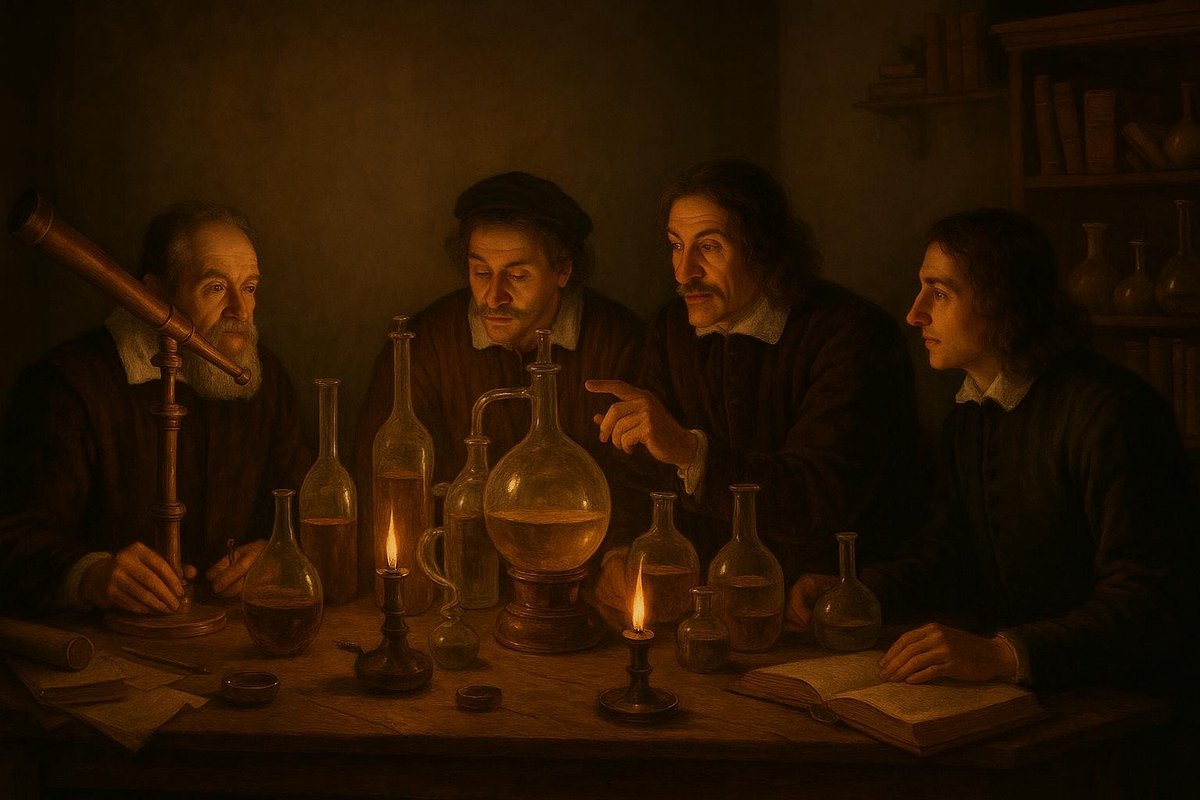
Imagine a time when the world was thought to be made of just four elements: fire, water, earth, and air. This was the belief of ancient civilizations, a framework that persisted until a revolutionary discovery reshaped our understanding of everything around us. This journey into the discovery of the states of matter—solid, liquid, and gas—reveals not just a tale of scientific evolution but also a profound shift in how we perceive the world.
The Origins of Elemental Thinking
Long ago, the universe was seen through a much simpler lens. Ancient Greeks, like Empedocles and Aristotle, proposed that all things were composed of four fundamental elements. While this theory was elegant in its simplicity, it limited scientific progress.
- Empedocles suggested the idea around 450 BC.
- Aristotle expanded on it, influencing Western thought for centuries.
Interestingly, this idea persisted well into the Middle Ages, forming the backbone of alchemy and medieval science. However, as time went on, cracks began to appear in this theory, especially as explorers and scientists started questioning the natural world with new tools and ideas.
Key Figures: The Pioneers of Change
As the Renaissance dawned, so too did a new wave of thinkers who would challenge and eventually topple the four-element theory. Among them, Galileo Galilei and Robert Boyle stand out.
- Galileo’s observations of nature hinted at the complexity beyond four elements.
- Boyle, in the 17th century, proposed that matter was composed of small particles, leading to his famous law of gases.
Of course, these discoveries did not happen in isolation. The burgeoning scientific community of Europe was ripe for innovation, with thinkers sharing ideas and challenging assumptions. At the heart of this was the notion that observation and experimentation could reveal truths far beyond ancient philosophies.
The Turning Point: A New Understanding Emerges
The game-changing moment came with the realization that matter could exist in different states, not just in fixed elements. This was a period marked by experimentation and debate.
- The 18th century saw the rise of chemistry as a distinct science.
- Antoine Lavoisier, often called the father of modern chemistry, played a pivotal role in redefining elements and matter.
Interestingly, the discovery that matter is composed of atoms and molecules, which rearrange to form different states—solid, liquid, gas—changed everything. It allowed scientists to understand reactions, energy, and transitions more deeply, paving the way for future scientific breakthroughs.
Impact on the World: Why It Matters
Why does this discovery matter so much? Simply put, understanding the states of matter laid the groundwork for modern science and technology. It opened up possibilities that seemed unimaginable before.
- It enabled the development of thermodynamics, influencing machinery and engines.
- Modern chemistry relies on understanding state transitions to create new materials and medicines.
For students, grasping this concept can transform their perspective on science. It moves from memorizing facts to understanding the dynamic nature of the physical world. This knowledge encourages curiosity and innovation, showing that science is a living, evolving pursuit.
So, next time you sip a glass of water, turn on a light, or even breathe, consider the journey of discovery that brought us here. It’s a testament to human curiosity and our never-ending quest to understand the universe.
Fuel Someone Else’s Curiosity
Share this glimpse into the history of science with friends and family. Who knows—your enthusiasm might just inspire the next great scientific mind! Encourage discussions, ask questions, and keep the spark of curiosity alive.

Leave a Reply